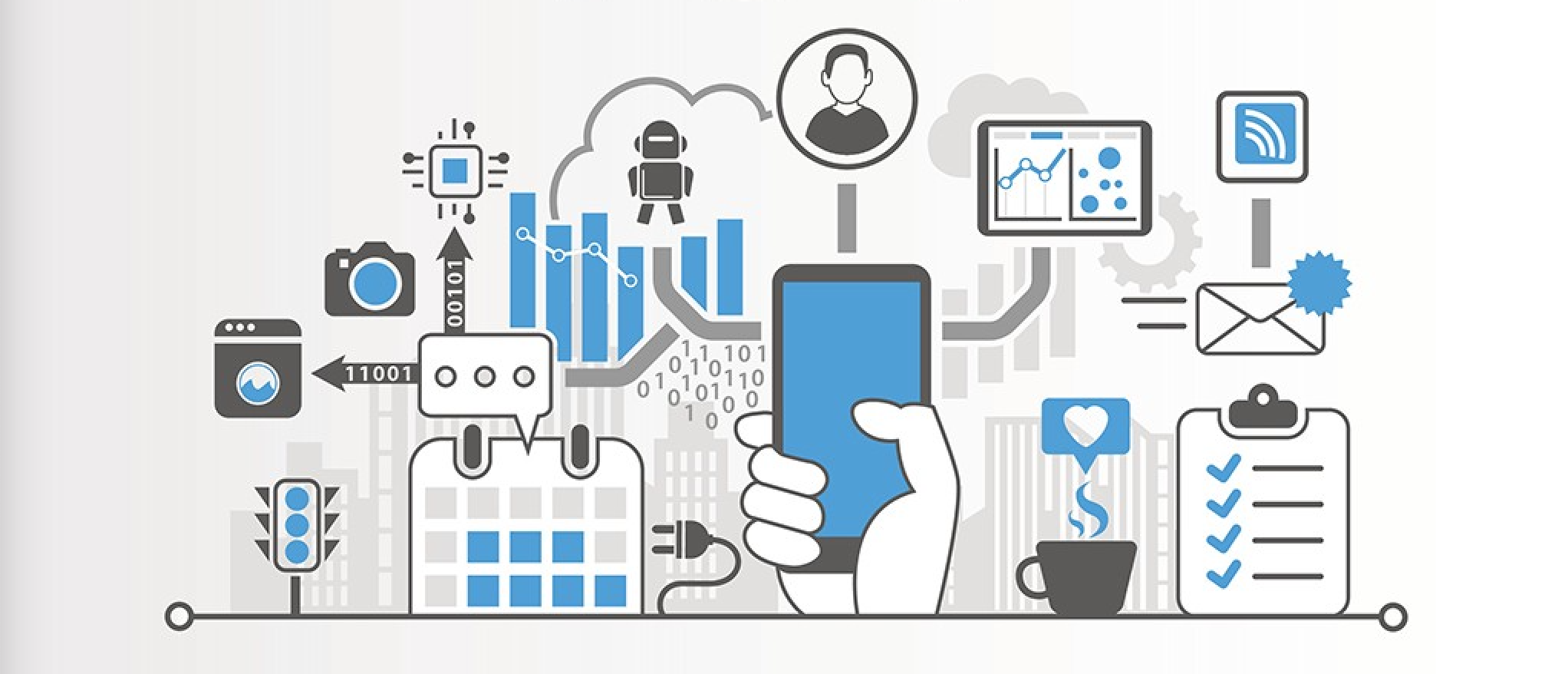What is the Internet-of-Things?
by None
The Internet of Things (IoT) connects the physical world to the digital world. It refers to systems, where objects (things) can connect to the internet, collect data and transmit them further. There are many possible ways and technologies available to implement IoT projects; it can therefore be confusing sometimes. We will give a broad overview of the most important concepts here.
A brief history of IoT
The concept of connected devices, or smart devices, was already floating around in the 1980s, but the technology was not yet advanced enough to make it a reality. The first IoT device to be considered was a modified Coca-Cola vending machine, which could communicate whether the new drinks were cold or not. Anecdotally, the machine was actually connected to ARPANET - the predecessor of the Internet. It is only in the 2010s, that the term "Internet-of-Things" started to become popular, when the famous market research company Gartner revived it in their 2011 edition of the annual Hype Cycle for Emerging Technologies report.
How does it work?
At the center of the Internet of Things is the interaction between machines, hence the term “M2M“ or “Machine to Machine”. Two connected devices interact with each other, command and control one another, and work together to perform a task without any human supervision. Most of the time, one of the device is a sensor and the other one is a server seating somewhere in the cloud. Thanks to the internet, these two devices can be separated halfway across the world and still communicate and control each other via a network connectivity, such as cellular, WiFi, NB-IoT, LTE-M, LoRaWAN, or others.
Most of the IoT systems consist of the following four components: a sensor (or IoT device), a connectivity technology, a data processing software, and a user interface.
Sensor / IoT Device
A sensor collects data from its surroundings (e.g. temperature, accelerometer, gyroscope, GPS), while a device can also interact with its surroundings (e.g. locks, motors). Most IoT devices consist of several sensors and are capable of interacting with their environments. They send the sensor data to the cloud, but they can also receive commands, to unlock a door for example.
Connectivity Technology
The choice of the connectivity technology is a very important decision for any IoT system. Connectivity technologies like Wi-Fi, cellular, NB-IoT, LTE-M, LoRaWAN, and others enable the IoT devices to connect to the internet. All these different technologies have pros and cons and should be chosen depending on the specific use case of the IoT system. One needs to weigh what are the most important requirements in the list below:
- Consumes as little energy as possible
- Can send an unlimited amount of data instantly
- Can always connect across the world (global coverage)
None of the connectivity technologies can do it all, therefore there will always be tradeoffs between these three technical requirements: energy consumption, bandwidth and coverage.
Data Processing
Now that the sensors are connected to the internet, the IoT device successfully transfers data to the cloud, which is then processed by a data processing software. It can be quite simple, like sending a command to open a smart lock or very complex, like analyzing real-time GPS data.
Depending on the IoT application, the software may or may not trigger commands on its own. In many applications with sensors, the software will only provide information to the end user via a user interface with graphs and plots, and it is the human operator who will analyze the data and make decisions.
User Interface
The IoT system must provide information to the end user in one way or another. Most of the time, there will be a dedicated user interface or dashboard in the form of a webapp. The user can then visualize all the sensor data and send commands to the IoT devices, like turning on/off the light in a smart home. Depending on the use case, there might be also a mobile app (Android and iOS) for the end user, if this facilitates the interaction between the end user and the IoT system.
Conclusion
The Internet of Things offers numerous benefits for both individuals and organizations. Some of these benefits are universal and applicable across multiple industries, but some are industry-specific. IoT systems are now widely implemented across many different industries, such as Automotive, Agriculture, Healthcare, Industrial Automation, Smart Home Application, and Wearable Technologies. However, many challenges remain in areas like data security, connectivity issues, energy consumption, and mostly cost. But, with all things considered, the benefits provided by an IoT system far outweigh the drawbacks and costs. IoT enables businesses to stay competitive in a demanding future by providing efficiency and productivity.
